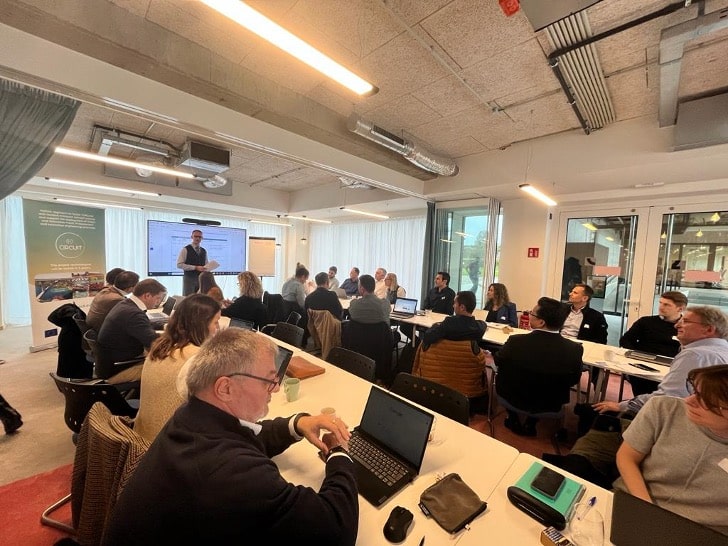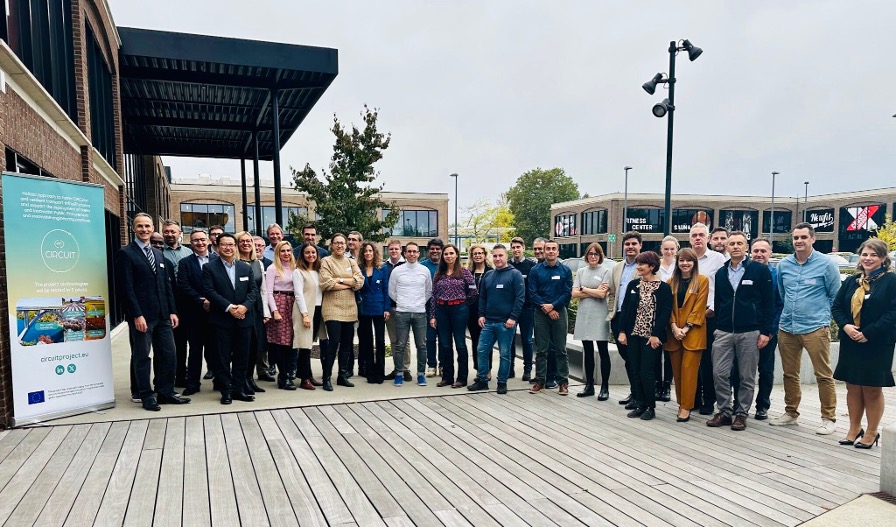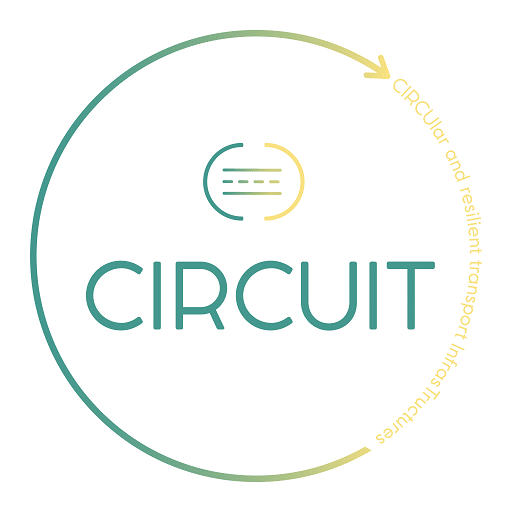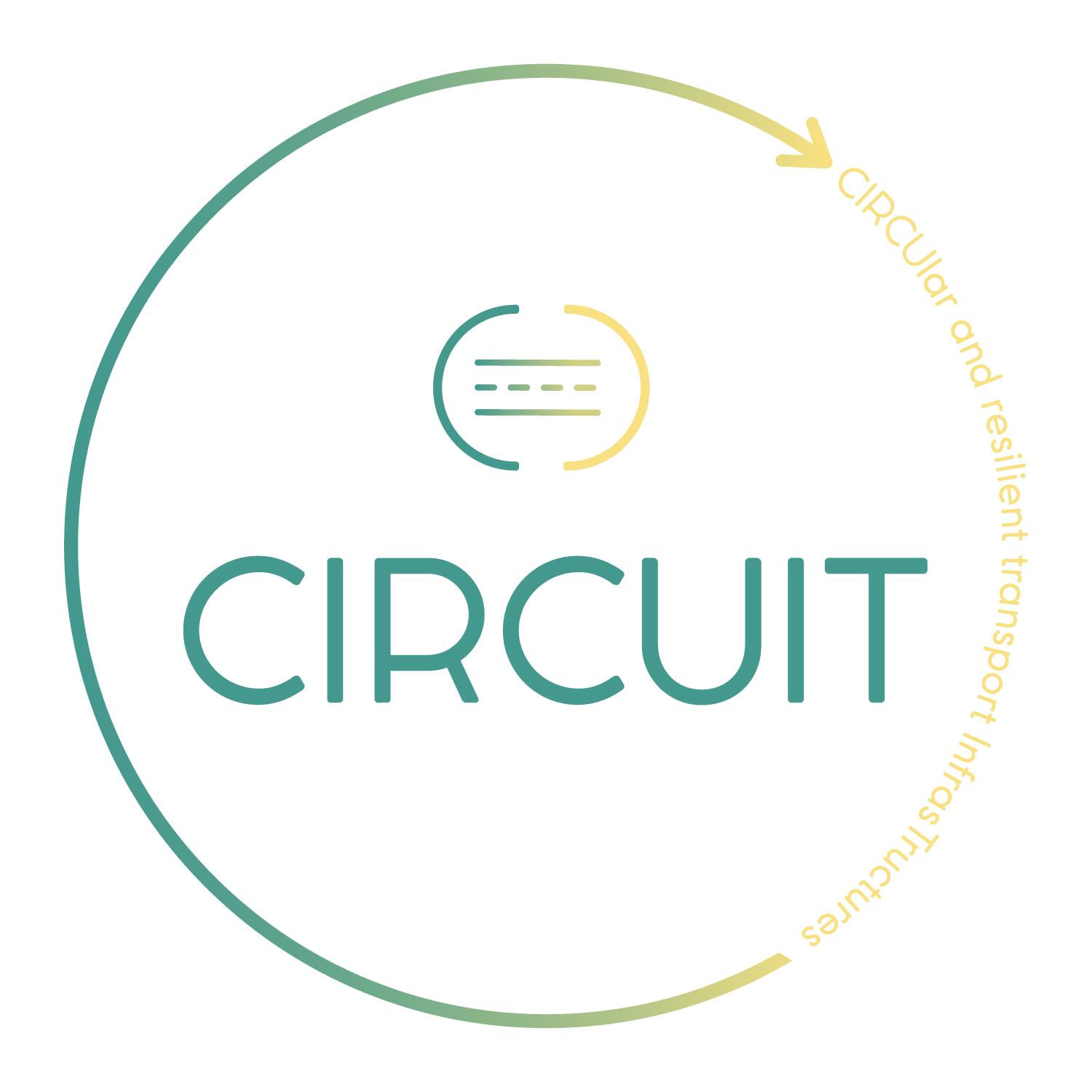As Europe pushes forward with ambitious climate goals, the transport sector stands at a critical juncture. Accounting for nearly a quarter of the EU’s total greenhouse gas (GHG) emissions[1], transforming this sector is essential to achieving the European Green Deal’s target of reducing CO2 emissions by 55% by 2030. The CIRCUIT project, an innovative EU-funded initiative, is poised to lead this transformation by integrating cutting-edge technologies and sustainable practices into transport infrastructure.
On October 23-24, 2023, CIRCUIT held its second general assembly, which was the first in-person meeting in Brussels, Belgium—the initial assembly was organized online in June 2023. This marked a significant milestone for the project and its partners. With a diverse consortium of 20 organizations, CIRCUIT is driving a holistic approach to modernizing transport infrastructures, blending technological and non-technological innovations to create greener, more resilient, and digital transport systems across Europe.
CIRCUIT: A Vision for Sustainable Transport
CIRCUIT’s overarching goal is to revolutionize how we approach transport infrastructure by addressing the sector’s environmental impact at its core. This four-year project, under the Horizon Europe program, seeks to develop solutions that are not only innovative but also replicable at various scales, ensuring a lasting impact beyond the project’s lifespan.
During the two-day general assembly in Brussels, partners reviewed progress and strategized for the future. The assembly built on the momentum of the project’s initial online meeting in June 2023, transitioning to a dynamic in-person setting where key presentations and collaborative sessions set the tone for the next phases.
General Assembly Overview
Day one kicked off with insightful presentations from CIRCUIT’s work package leaders.
- Irina Stipanovic from Infra Plan Consulting and Rahul Tomar Work Package 1 (WP1) and Work Package 2 (WP2) leaders respectively, provided updates on their work packages focusing on the development of a holistic approach and the project’s digital platform. Their presentations underscored the importance of integrating various stakeholders and technological tools to drive the project’s mission forward.
- Carlos Martin-Portugués from ACCIONA, leading Work Package 3 (WP3), detailed the advancements in innovative technologies that aim to reduce emissions and enhance the circular use of materials in transport infrastructure. With a coordinated approach involving task leaders and subtask leaders, WP3 is set to validate technologies across three strategic pillars: Recycle, Reuse, and Energy.

On the second day, the focus shifted towards the future of public procurement in transport.
- Luca Lottero of ERF introduced Work Package 4, dedicated to developing guidelines for Green Public Procurement (GPP) and Intellectual Property (IP). These guidelines are designed to influence future tenders and procurement processes, embedding sustainability into the core of infrastructure development.

Interactive Workshops and Stakeholder Engagement
The general assembly concluded with an interactive and collaborative workshop led by Dr. Esti Sanvicente and Eva Boo from , along with the leaders of Work Package 6 (WP6) and Work Package 1 (WP1).
In this workshop, participants explored stakeholder engagement and decision-making processes across CIRCUIT’s pilot projects. Divided into five (5) groups, participants engaged in three (3) key exercises:
- Stakeholder Mapping and Engagement Strategies: Teams worked to create detailed maps of local stakeholders for each pilot, defining their roles and levels of engagement.
- Decision-Making Processes in Case Studies: Groups analyzed the decision-making processes within each pilot, highlighting the roles and interactions across the supply and value chains.
- Requirements and KPIs Discussion: The discussions centered on clarifying each pilot’s scope, ensuring the accuracy of information flow, and refining the roles within the supply/value chain. Special focus was placed on understanding the interactions between actors, particularly through the flow of information represented by blue arrows.
This collaborative effort emphasized the critical role of stakeholder engagement in achieving CIRCUIT’s objectives. By aligning stakeholders and clarifying roles within the supply and value chains, the project aims to ensure that innovations are not only implemented but also sustainable and scalable.
Looking Ahead: Scaling Impact Across Europe
CIRCUIT’s commitment to sustainable transport extends beyond its current scope, with ambitions to replicate its findings at national, regional, and infrastructure levels across Europe. The project’s guidelines and innovations are set to make a lasting impact, positioning CIRCUIT as a key player in driving the EU’s green transport agenda.

As the project progresses, CIRCUIT will continue to engage with stakeholders, refine its approaches, and showcase its developments through upcoming pilot projects and dissemination activities. The journey towards a greener, more resilient transport infrastructure is well underway, and CIRCUIT is at the forefront of this transformative movement.
For more details on the CIRCUIT project and to keep up with its latest developments, (read the full press release here – PR 02-23 Brussels).
[1] European Environment Agency. (n.d.). Transport and mobility. https://www.eea.europa.eu/en/topics/in-depth/transport-and-mobility

